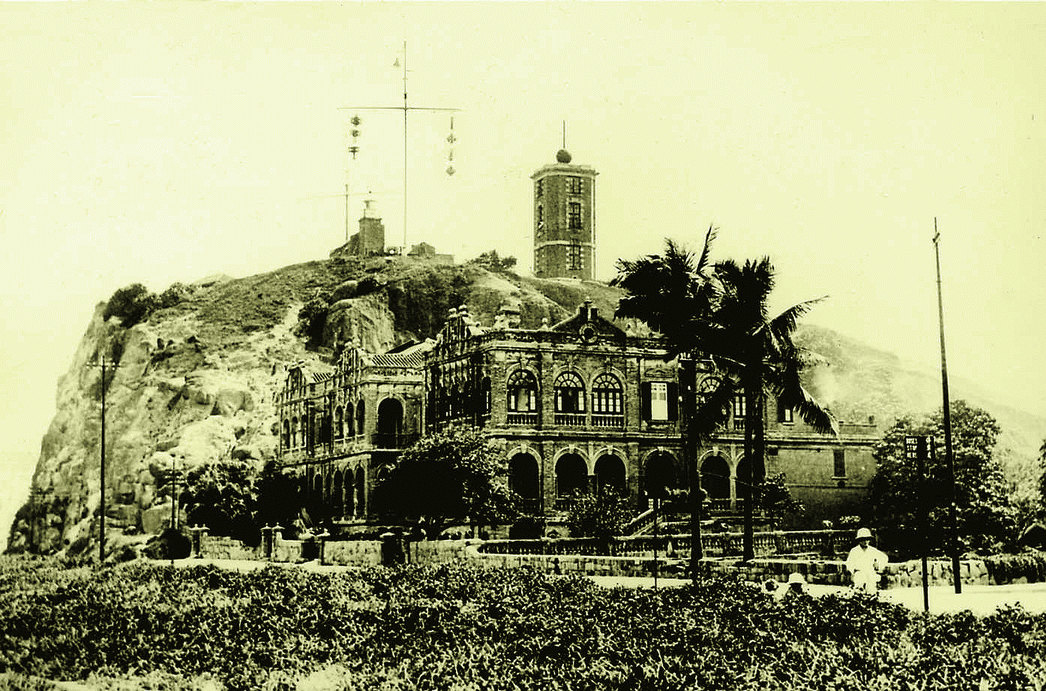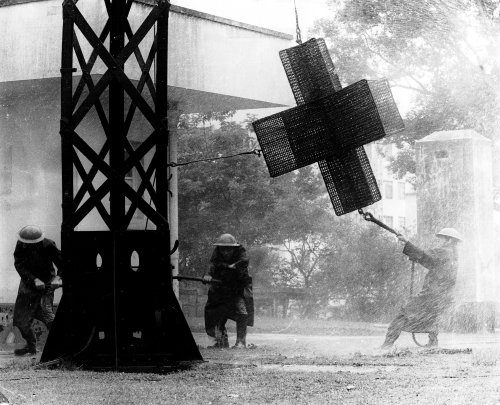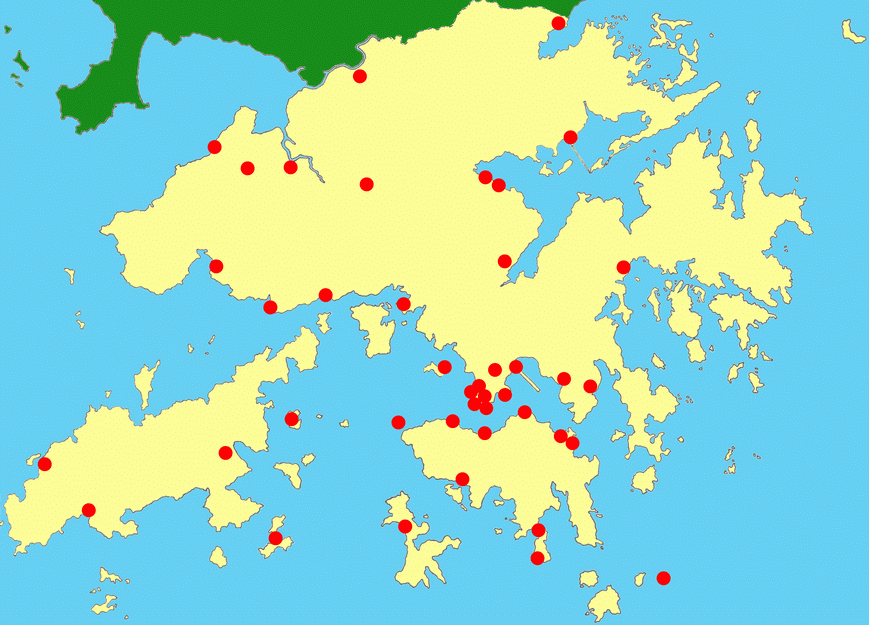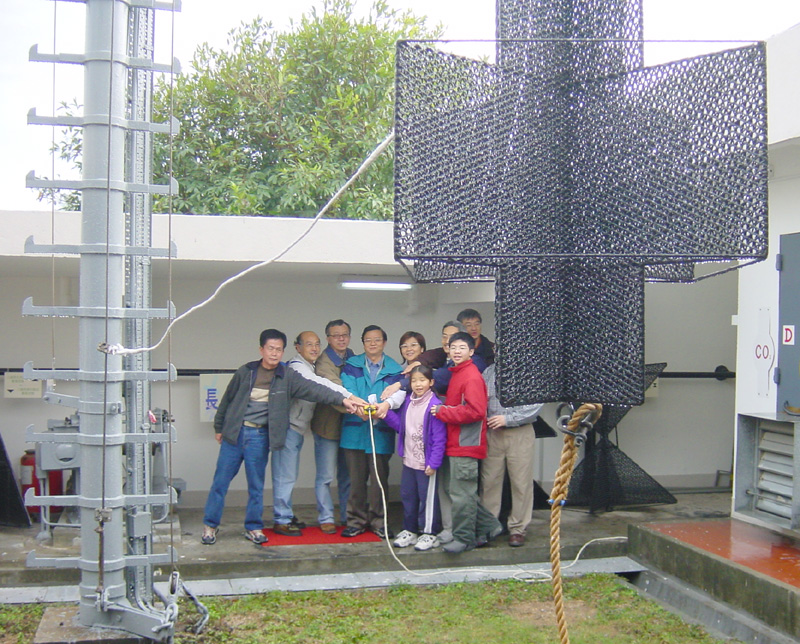History of the tropical cyclone signal stations in Hong Kong
|
In 1884, a visual signal system of drum, ball and cone was used by the Hong Kong Observatory to give information to ship's captains on the existence and approximate location of tropical cyclones. The signals were hoisted at the Tsim Sha Tsui police station. A typhoon gun was fired at the police station to warn local public on imminent gale force winds. In 1917, a numbered signal system for warning local wind conditions in Hong Kong was introduced (Figure 1). At first, the numbers were from 1 to 7 with numbers 2 to 5 signifying gale force winds expected from the four quadrants, namely N, S, E and W. This numbered signal system was improved several times. In 1931, the signals were amended to 1 to 10 with signals 2 and 3 signifying strong winds from SW and SE respectively, signal 4 being a non-local signal, signals 5 to 8 signifying gales from the four quadrants, namely NW, SW, NE ad SE, signal 9 signifying increasing gales and signal 10 indicating the threat of hurricane force winds. Signals 2, 3 and 4 were used intermittently afterwards and were discontinued in the late 1930s. In 1956, the No. 3 Strong Wind Signal was introduced between the No. 1 Standby Signal and the gale signals. Since 1973, the current system comprising 1, 3, 8 NW, 8 SW, 8 NE, 8 SE, 9 and 10 has been in use (Figure 2). In recent years, comprehensive and up-to-date information on tropical cyclones and associated weather are issued by the Hong Kong Observatory and broadcast to the public through radio and TV stations frequently. The public can also readily obtain these information via the Observatory's Dial-a-Weather service (tel nos.: 1878 200 for Cantonese, Putonghua and English) and web-site (https://www.weather.gov.hk). The information disseminated through these media includes storm movement, possibility of signal changes and precautionary actions. Signal stations cannot convey these important messages. As the electronic media became popular, the information that could be conveyed through signal stations became inadequate and these stations were progressively closed, beginning in the late 1970s. The last signal station in Hong Kong, on the island of Cheung Chau, was decommissioned on 1 January 2002 marking the end of the era of the hoisting of tropical cyclone warning signals (Figure 4). Photographs of the day/night signals previously used can be found at the hyperlink below: |




